Meet our ocean hunters
450 million years ago, there were no people. There were no dinosaurs. But there were sharks.
In that time, sharks have evolved to become incredibly smart creatures – with some of the sharpest nostrils in the ocean. There are 440 different species of sharks in the world. At our aquariums, you could come face-to-snout with nurse sharks, black tip reef sharks, or sand tiger sharks!

Where do sharks live?
Sharks can be found in oceans all over the world, from shallow coral reefs and coastal shallows to the deep sea. Some even cruise through chilly polar waters! SEA LIFE aquariums around the globe are home to a variety of species including Blacktip Reef Sharks, Nurse Sharks, Grey Reef Sharks, and Zebra Sharks.
Meet some of our species
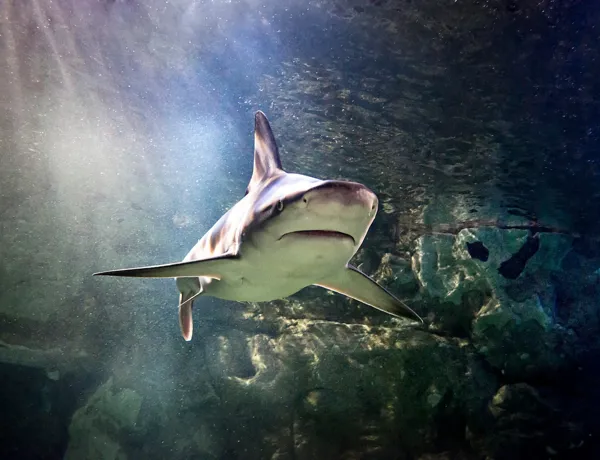
Blacktip Reef Shark
Found on the tropical coral reefs of the Indian and Pacific Oceans, Blacktip Reef Sharks prefer shallow, inshore waters. The blacktip reef Shark's diet is composed primarily of small teleost fishes, including mullet, groupers, grunters, jacks, mojarras, wrasses, surgeonfish and smelt-whitings.

Zebra Shark
The Zebra shark is a slow-moving species that feeds on the sandy bottom on the sea primarily on molluscs and gastropod. This species grows to around 2.4m but has been recorded around 3.5m long.
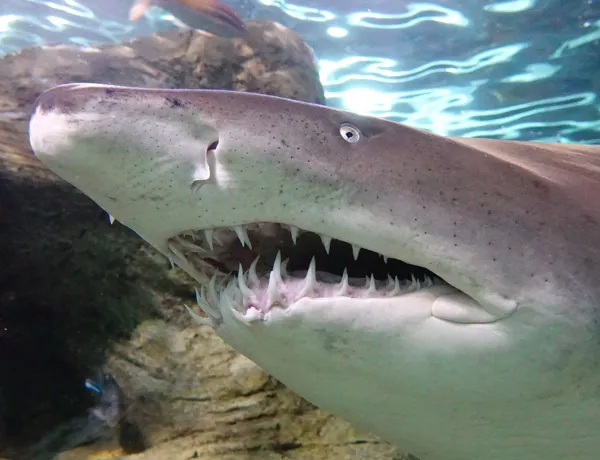
Sand Tiger Shark
Sand Tiger Sharks (also known as the Grey Nurse Shark) look ferocious with a mouth full of pointy teeth, but our divers regularly jump in with them because they aren't dangerous to humans. They are, however, voracious predators of small fish, crustaceans and squid, feeding mostly at night and close to the ocean floor.
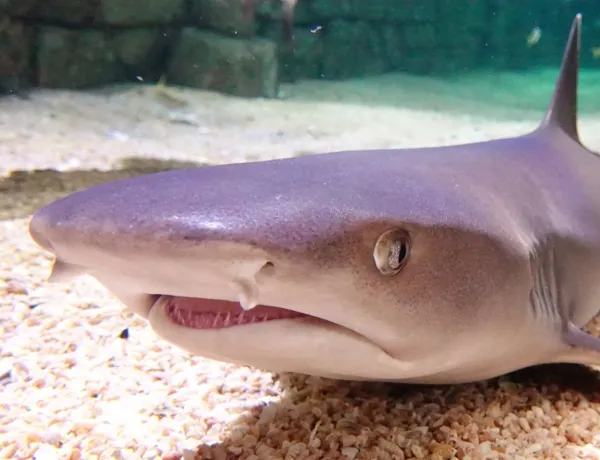
Whitetip Reef Shark
The Whitetip Reef shark is widely found across the Indo-Pacific region nestling near caves as well as the coral heads and ledges of coral reefs. They can grow up to 1.6 metres in length. Its diet consists of eels, octopus and crustaceans.
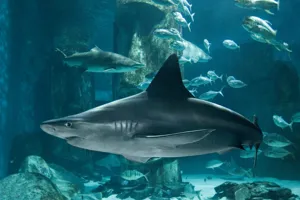
Conservation Status
Sadly, many shark species are under threat due to overfishing, habitat loss, and the shark fin trade. Some, like the Great Hammerhead, are even classified as Critically Endangered! SEA LIFE supports conservation efforts around the world and works to raise awareness about protecting these vital ocean predators.
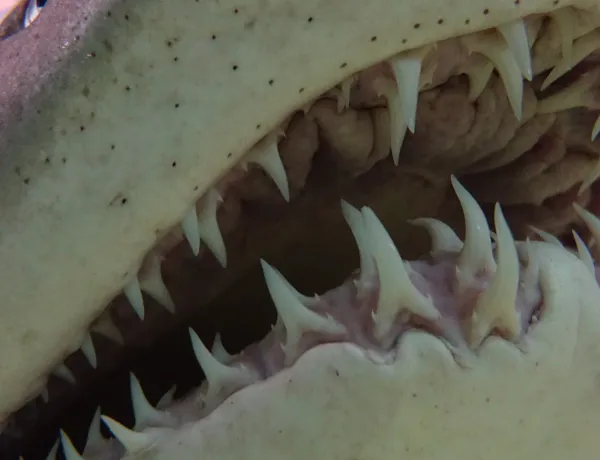
Tooth Truth
Sharks have multiple rows of teeth and can lose thousands in their lifetime—some replace teeth every week!
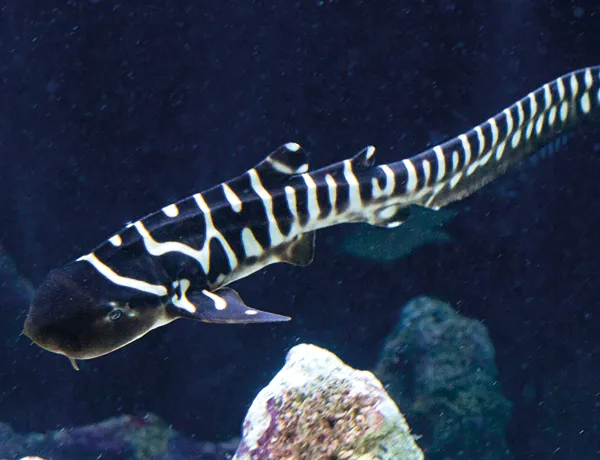
Are Sharks Dangerous?
Don't fear! Not all sharks are dangerous. Many species, like the Zebra Shark or Wobbegong, are gentle bottom dwellers and pose no threat to humans.
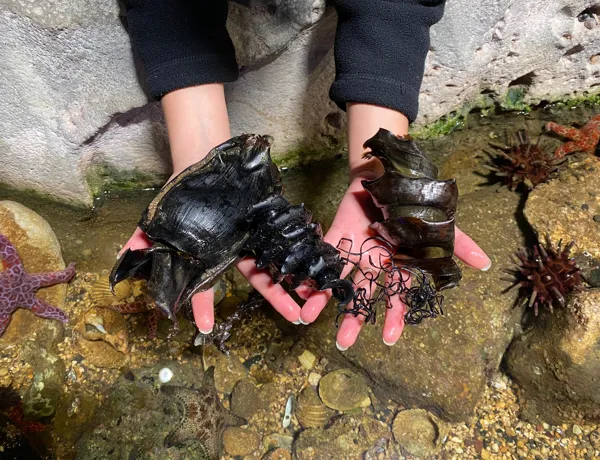
Born in Many Ways
Shark pups can be born in eggs, live-birthed, or even hatched inside the mother depending on the species.
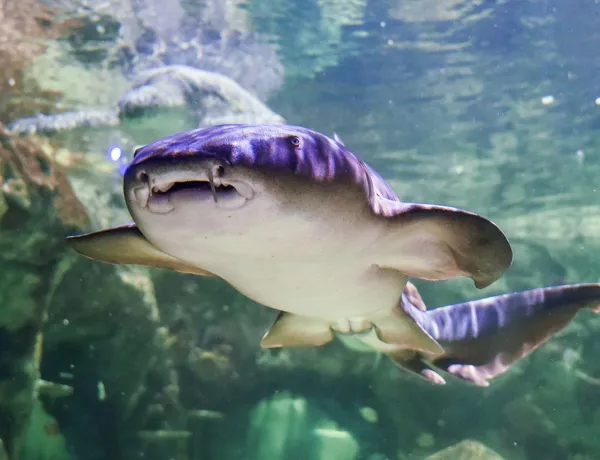
Night Hunters
Many sharks are more active at night and use electroreception to detect the tiny electric signals from prey.
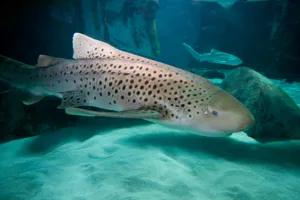
Shark Conservation
Discover more about the Shark conservation work SEA LIFE is doing around the world.
Find out more
Fallen in love with sharks and want to keep exploring? At SEA LIFE, you’ll get up close to so many different species of shark!
Find your local SEA LIFE centre today